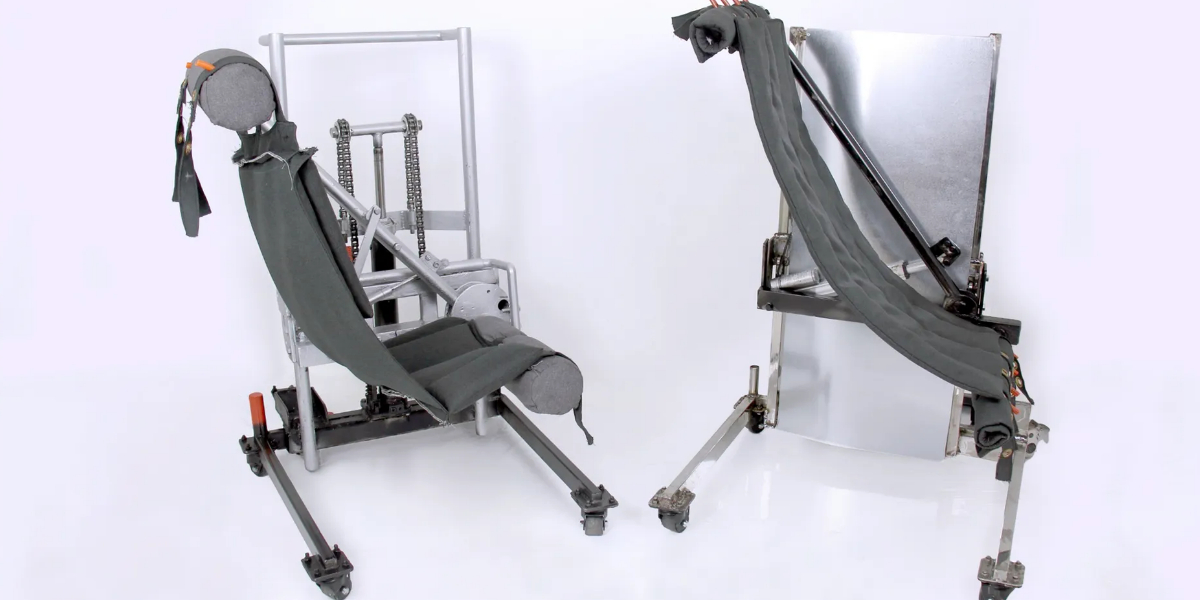AÑO
2023
CATEGORÍA
Trabajo
OBJETIVOS
Producción y consumo responsables
PAL. CLAVE
chips, Electronics, ibm
PAÍS
United States of America
CRÉDITOS
IBM
LINK
https://www.fastcompany.com/90739318/this-incredibly-tiny-ibm-chip-could-vastly-improve-the-performance-of-our-favorite-electronic-gadgets
2-Nanometer chip
A chip that could reduce the energy use of electronics by 75%
How does it work?
Transistors have shrunk over the decades, from an initial 10,000 nanometers (nm) in 1971 to 5nm in 2020. The 2nm transistors on IBM’s new chip, which is essentially a circuit of connected transistors, are much smaller than the eye can detect. The width of a human hair is 100,000nm; a red blood cell about 7,000nm; a strand of DNA about 2.5nm. Size matters: The smaller the transistors, the more fit on a chip, improving efficiency.
Why is it needed?
Semiconductor chips hold the data needed for us to use our computers, cellphones, appliances, cameras, and cars. As the pandemic spurred a massive transition to remote work, increasing our reliance on computers, it fueled even more of a necessity for chips—and also helped precipitate a global chip shortage.
How does it improve life?
IBM’s 2-Nanometer chip is equipped with 50 billion transistors, each smaller than a strand of DNA, and could potentially reduce the energy use of electronics by 75%



